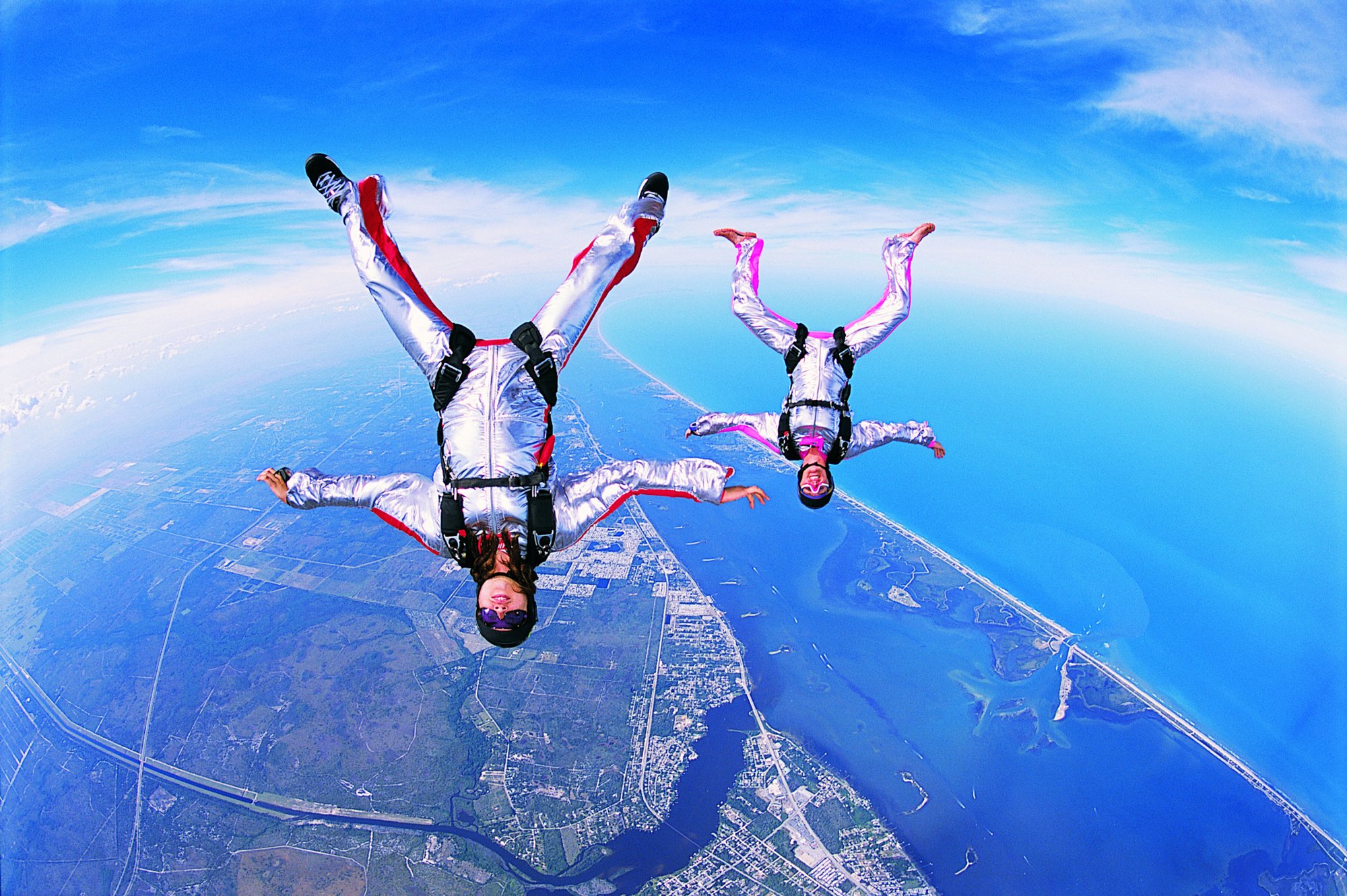You often hear someone who has been through a crisis say, “My adrenaline kicked in.” But what does that really mean?
We relate adrenaline to being in danger or people performing amazing feats of physical strength. But what is adrenaline really? Where does it come from? Why does it make us feel good?
What is adrenaline?
Adrenaline, or epinephrine, is produced in the adrenal gland. It’s a hormone and neurotransmitter that is a key part of our “acute stress response.” You might better know that response as “fight or flight.”
How is it triggered?
In high-stress or exhilarating situations, our bodies release adrenaline. It’s an evolutionary response that makes us alert and better equipped to deal with the stressful situation presented.
What does it do?
 When adrenaline is released, a number of things happen all at once. Different parts of the body react almost instantly with metabolic changes that create increased blood glucose and fatty acids in the body, producing more energy within the body’s cells.
When adrenaline is released, a number of things happen all at once. Different parts of the body react almost instantly with metabolic changes that create increased blood glucose and fatty acids in the body, producing more energy within the body’s cells.
The heart rate increases. Air passages are dilated, redirecting oxygen toward the muscles. Blood vessels contract, focusing blood flow on major muscle groups that may be needed in the body’s response to the situation.
That’s just the tip of the iceberg on the changes that, when combined, have the release of adrenaline telling many organs and body functions to snap to attention and prepare for the “fight or flight” response.
All of this can wind up giving people the ability to do things they may not be able to do in everyday life. Scientific American highlighted a few such stories, including a man who lifted up the front end of a Camaro to free a biker who had been hit.
That kind of story isn’t uncommon. If you start digging, you’ll find stories of a mom who lifted an Impala off her son after the jack slipped on the car.
How well do we understand adrenaline and the body’s abilities?
While scientists have a great grasp of adrenaline, how it impacts the body, and the intended reaction of organs and body parts to the adrenaline, the much-talked-about strength portion of adrenaline isn’t perfectly understood.
There are many superhuman strength stories, but we don’t know enough about them according to Jordan Gaines Lewis, an award-winning science communicator. The stories tend to be anecdotal and it is extremely difficult to study this kind of situation in a lab because you can’t reproduce all aspects of the situation in a lab setting.
Can people be addicted to adrenaline?

Photo Credit: Flickr Creative Commons
There’s debate about whether people can be addicted to adrenaline. Addicted may be too strong a word. But there are people, often called “adrenaline junkies,” who love that rush of adrenaline and endorphins that come from thrill-seeking behavior.
That could include driving racecars, bungee jumping, sky diving, or rock climbing, among other activities. Extreme sports are a great outlet for thrill seekers who enjoy the release of dopamine and endorphins that activities like these produce.
While that rush you get from sky diving might not have you lifting cars with one hand like a superhero, the positive feeling and power of a rush of adrenaline adds to the thrill of those activities.
If you need a little more adrenaline in your life, think about trying an extreme food or finding a career in the Arctic.







Leave A Comment
You must be logged in to post a comment.